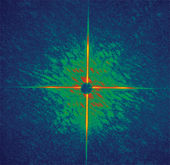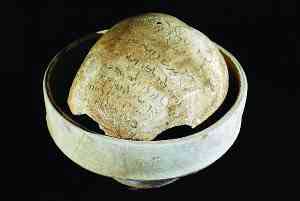
This strip-mined landscape is bad enough, but another method of extracting the oil is on the rise, and it is even more damaging to the environment. Yet new technologies offer hope that tar sands could one day be transformed into one of the cleanest fossil fuels.
The Canadian tar sands contain an estimated 170 billion barrels of recoverable oil, second only to Saudi Arabia's reserves. As the name suggests, the fuel must be separated from sand. Today, most operations dig up the tarry bitumen in gigantic open pit mines, then separate and refine it. The process destroys habitat and creates vast lakes of toxic residues. Worst of all, processing it requires large amounts of energy. The Canadian government estimates that oil from tar sands takes three to five times as much energy to produce as conventional oil.









Comment: A rather one-sided report on promoting the technological 'revolution' in Medicine.